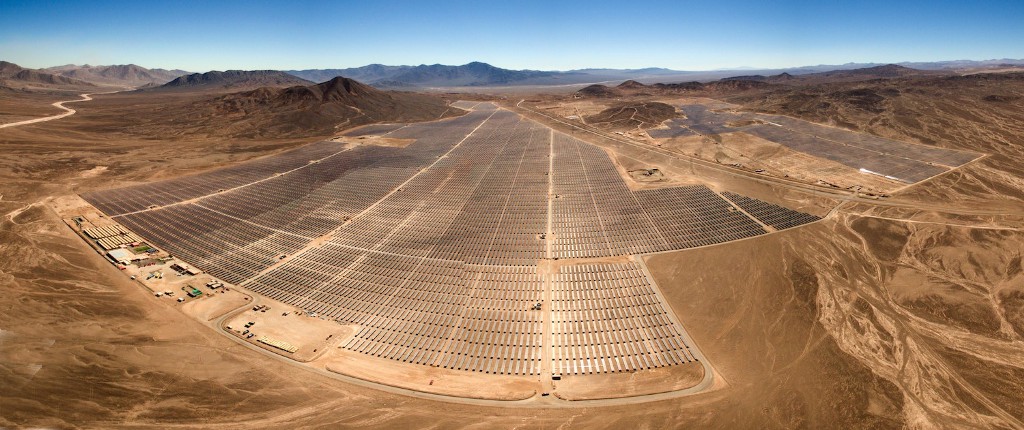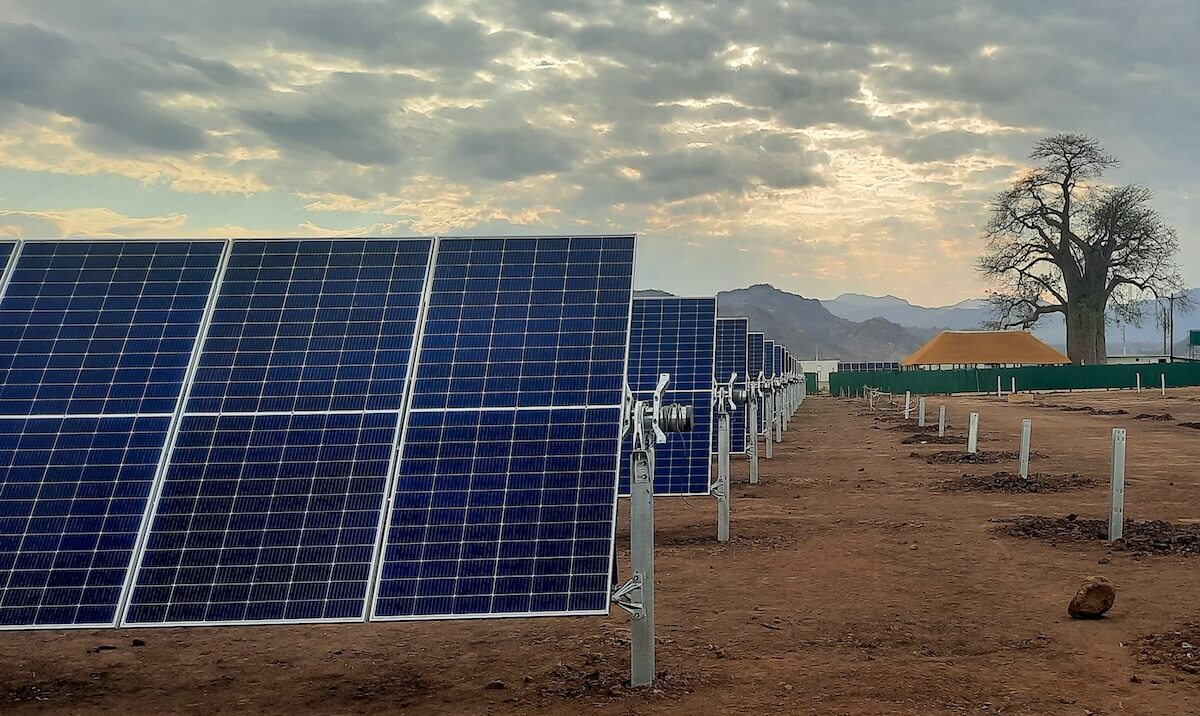The key to renewable energy may not be that it’s clean, but that it’s distributed.
By 2030, two-thirds of new electricity capacity will come from distributed production, as the old centralized system recedes, according to a senior executive at Siemens, the global energy equipment giant.
Already, “Over half of commercial and industrial consumers of energy are considering becoming self-sufficient,” says Siemens’ John Kovach, though most remain connected to the grid.
Much of the decentralized opportunity, of course, is in developing growth markets, where grid-tied electricity is unreliable or unavailable altogether. Indeed, those markets account for 90 percent of overall growth in electricity consumption.
There, microgrids of less than 100 megawatts, and home solar systems, are leapfrogging the centralized electricity grid and helping to meet Sustainable Development Goal №7: “By 2030, ensure universal access to affordable, reliable and modern energy services.”
Recent natural disasters, including Hurricane Maria in Puerto Rico (see above), mean distributed power also is getting attention as a climate-resiliency solution.
SDG №11, is a call to “substantially increase the number of cities and human settlements adopting and implementing integrated policies and plans towards inclusion, resource efficiency, mitigation and adaptation to climate change and resilience to disasters.” The Sendai Framework for Disaster Risk Reduction 2015–2030, calls for “holistic disaster risk management at all levels.”
A 2014 report from GE called out the costs of major natural disasters, including damages to power infrastructure, to make the case for an increasingly decentralized power future.
Hurricane Sandy, which struck the northeastern U.S. in 2012, caused $65 billion in damage and left 8.5 million grid-connected customers without service for weeks. This year, the damage from two hurricanes — Harvey and Irma — is expected to approach $300 billion.
The damage from Maria in Puerto Rico alone could add $50 to $100 billion to that total. The electricity service disruption for the island’s 3.4 million people is likely to last for months.
“As the world grows increasingly interconnected, the infrastructure networks that deliver electricity, gas, and water to our cities have never been more important,” according to the GE report. “They are also more vulnerable to a variety of natural disasters.”











